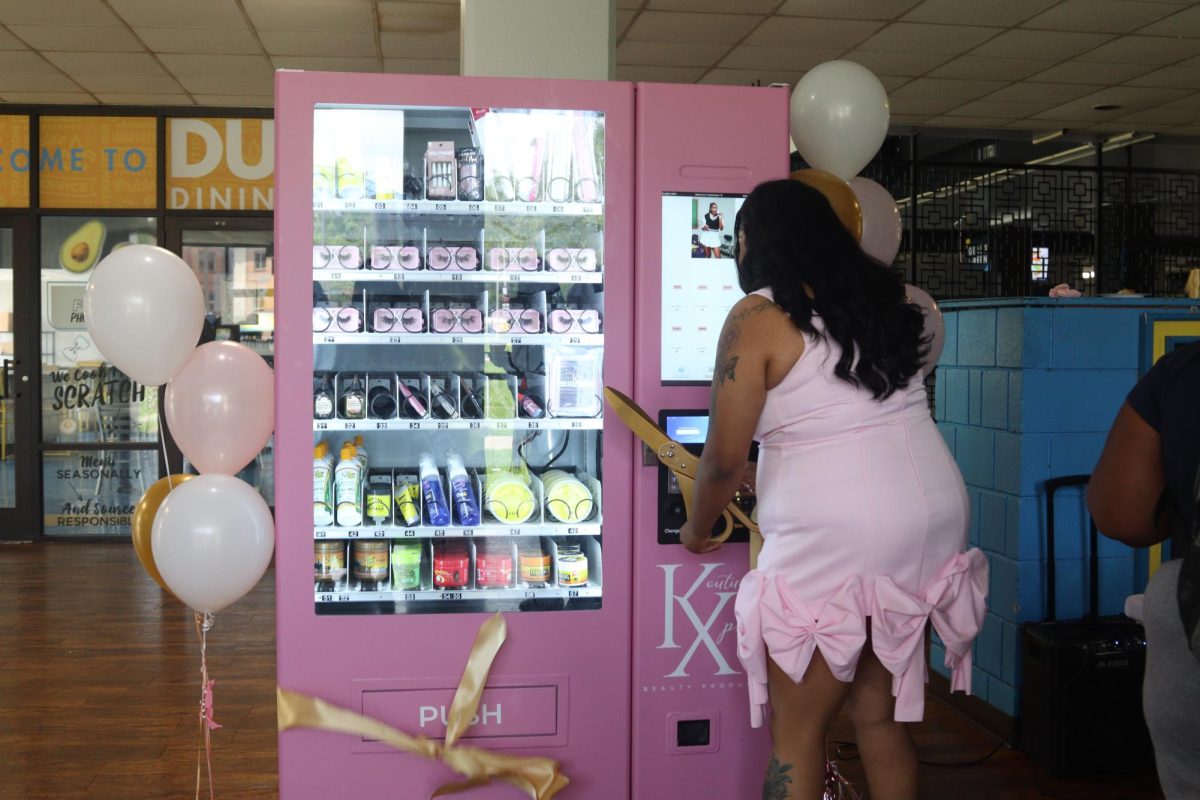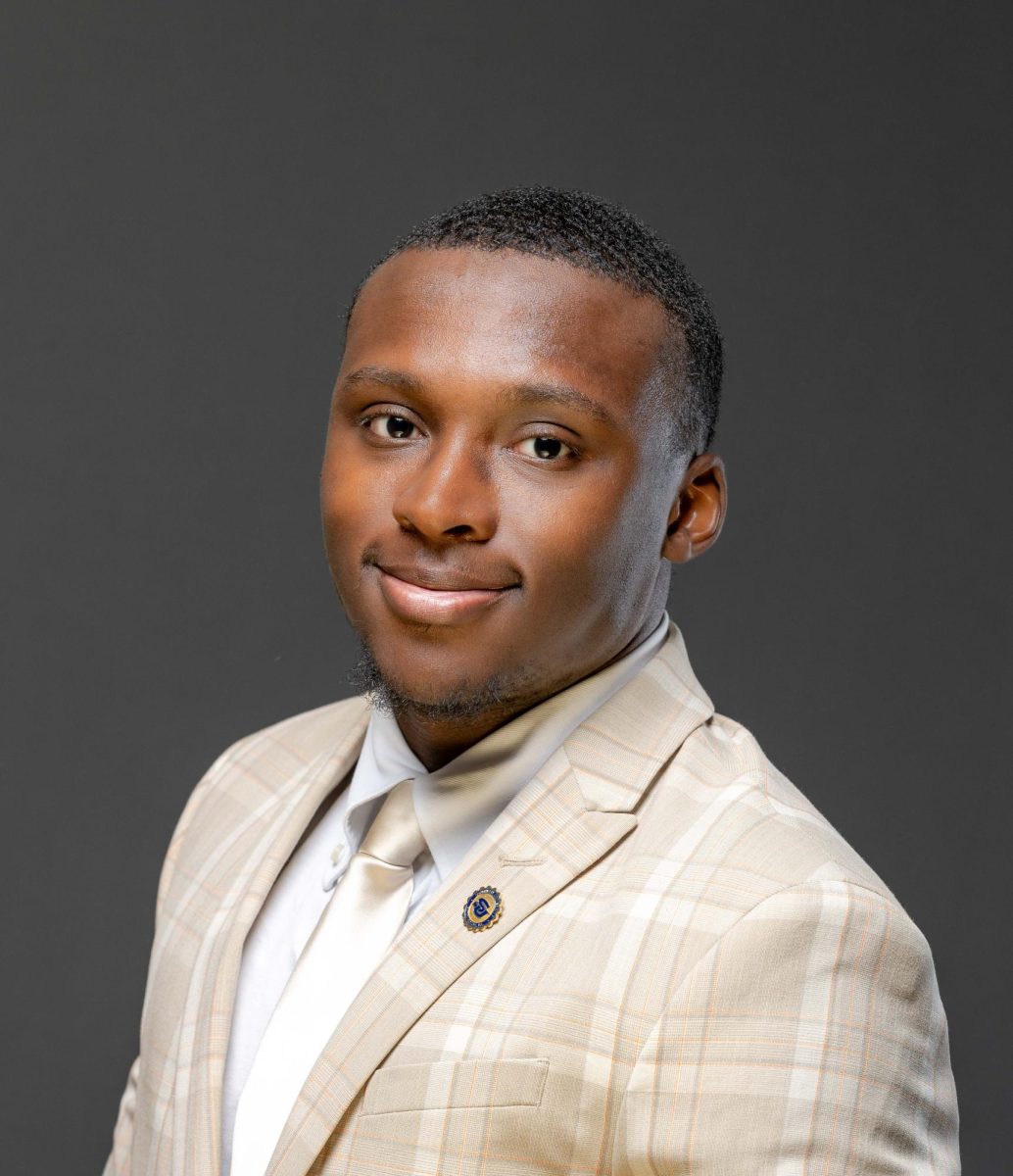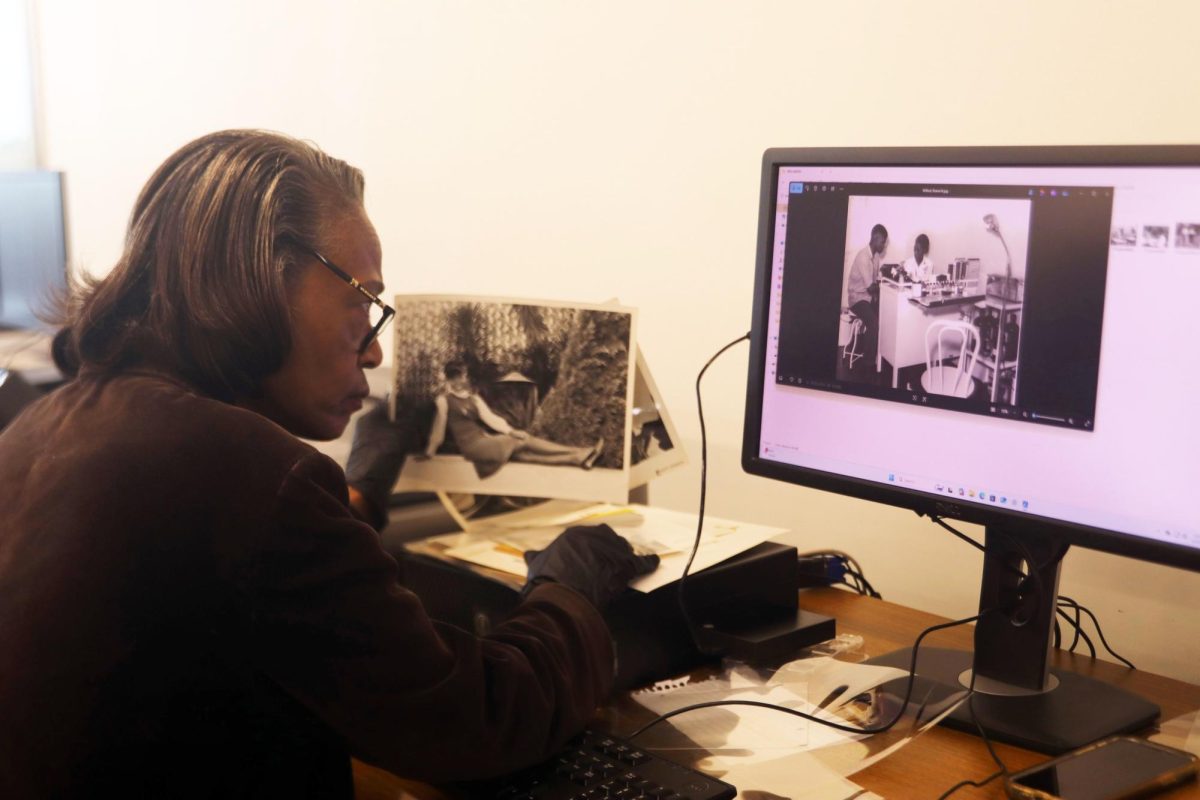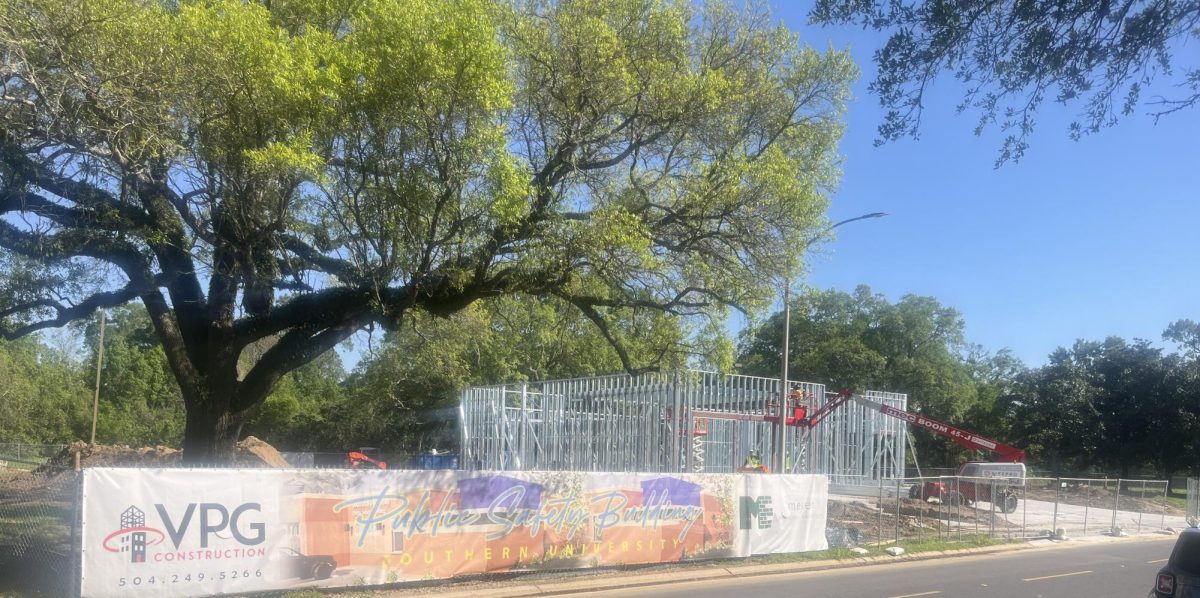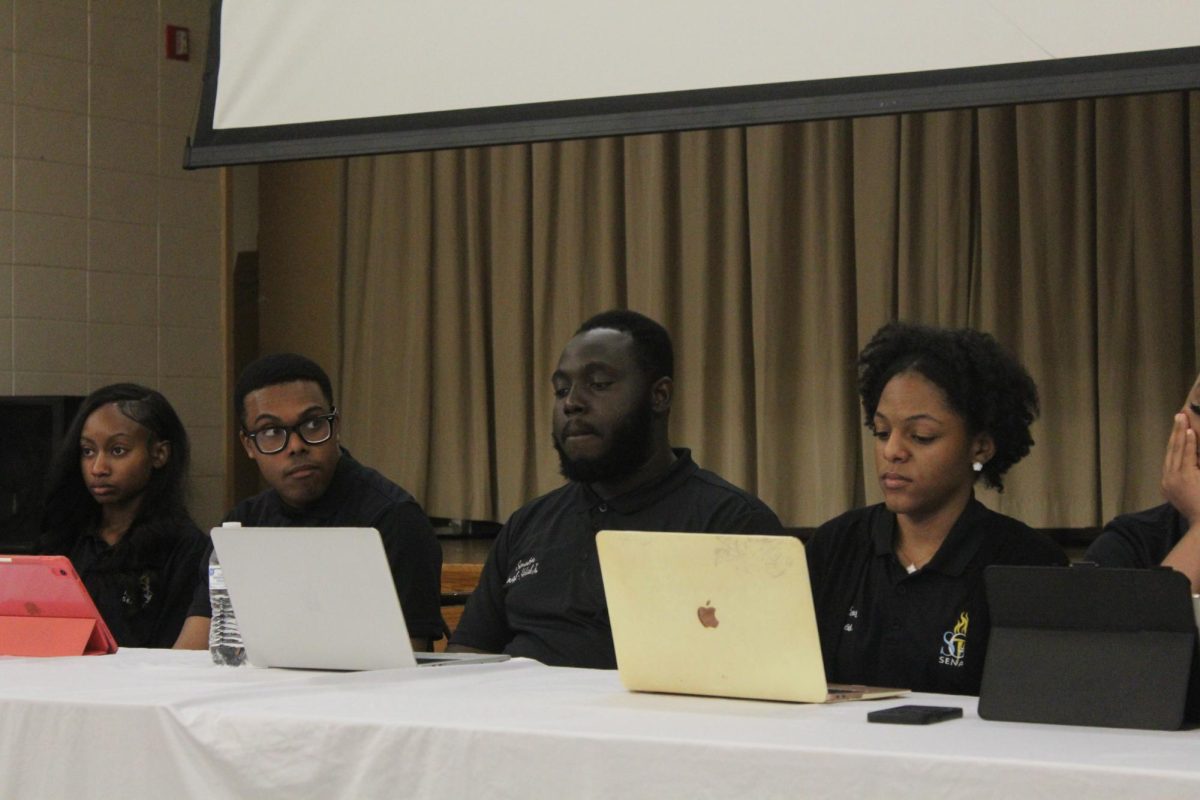In February 2017, President Donald Trump signed an executive order commemorating HBCUs and proclaimed the week of September 16-22 as National Historical Black Colleges and Universities (HBCUs) Week. The purpose of this week was to bring awareness and highlight these universities that have played an integral role in our history and communities.
For hundreds of years, HBCUs have served as a safe haven for African-American students and paved the way for them to be able get an education when they were not allowed to legally. The very first HBCU dates back to 1837 with the founding of Cheyney University of Pennsylvania, founded by Philanthropist Richard Humphreys. Although Cheyney was the first of all, the first black owned and operated institution was Wilberforce University in Ohio, founded in 1856. Since then, HBCUs have become the top producers of black doctors, educators, lawyers, etc.
“How many places do you go and see a cluster of African-American men and women excelling academically and actually adding value into today’s society? Nowhere, but at an HBCU,” sophomore accounting and business management major, Nykera Dixon, claimed. “HBCUs should be the face of what black excellence looks like,” she continued.
Trump’s sudden interest in HBCUs has garnered not only surprise, but also public skepticism from the African-American community. Back in February 2017, shortly after he was sworn into office, Trump met with many HBCU leaders where he moved the initiative on HBCUs from the U.S. Department of Education to a higher position in the White House. It was also here where Trump claimed to make HBCUs a major priority.
“My administration is committed to investing in HBCUs to help ensure that they can educate future generations of American students,” the President said in his proclamation on September 14.
Although every HBCU is great in its own respects, one thing that they all have in common is dealing with issues of funding. Unlike predominately white institutions, most HBCUs do not have the same available funding, which is often seen publicly. Over the summer, Louisiana students protested state budget cuts that would affect funding for higher education, and more specifically, the Taylor Opportunity Program for Students (TOPS). But thanks to a special session, funding for higher education was stabilized and TOPS was fully funded.
Southern University English Professor, Dr. Rasheedah Jenkins commented, “In light of recent years state budget cuts to higher education in Louisiana, Southern in particular, has to become more self-sustainable and fiscally responsible.”
But even with budget cuts, HBCUs, Southern in particular, continue to receive support and donations from various outside sources. In Fall 2017, Southern announced a $1 million partnership with Raising Cane’s that included an academic partnership, an athletics partnership and sponsoring the Human Jukebox. Just recently, the school received $40,000 from the Home Depot “Retool Your School” Challenge that is being put towards the restoration of the John B. Cade Library.
While, Southern, along with every other HBCU, is not perfect and has room for improvements, these institutions continue to produce many leaders and be a source of education for students of all kind.
Categories:
National Historical Black Colleges/Universities Week
September 24, 2018
0
More to Discover
